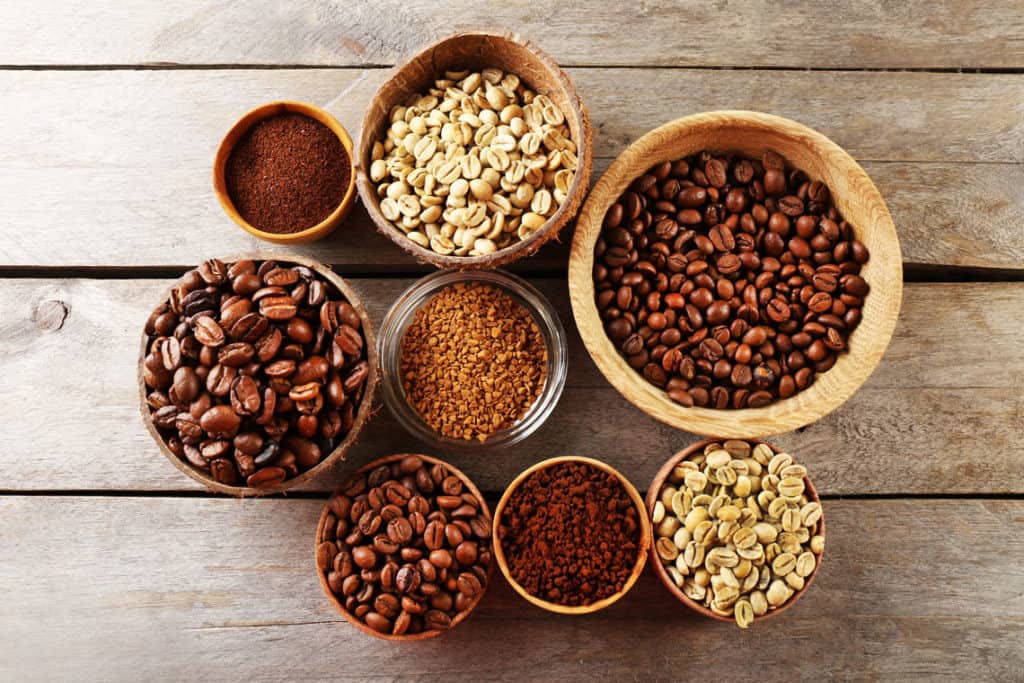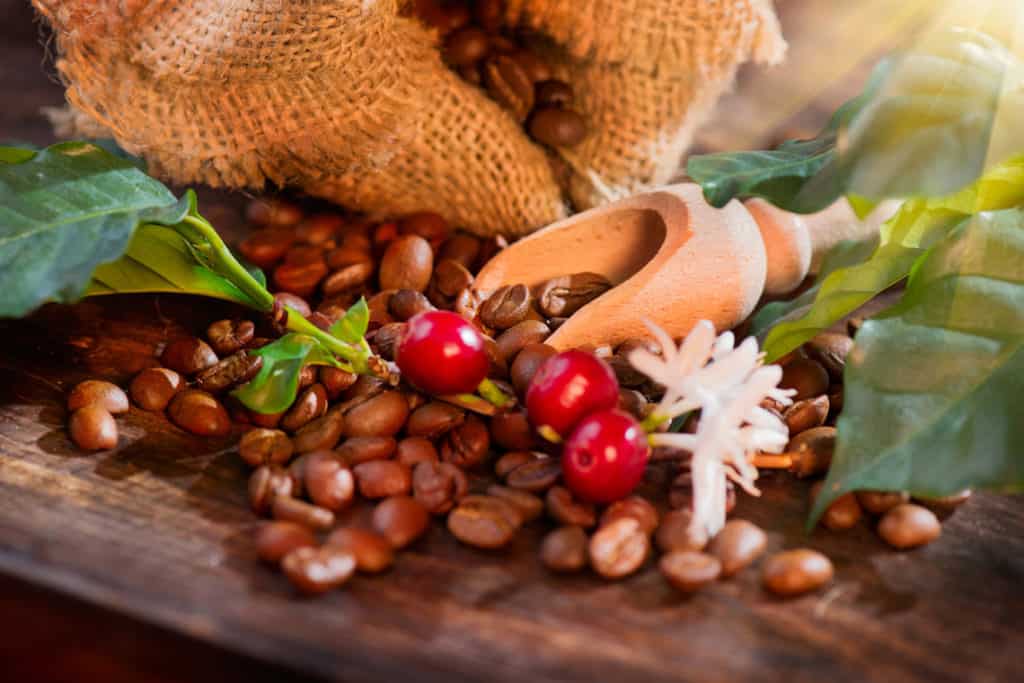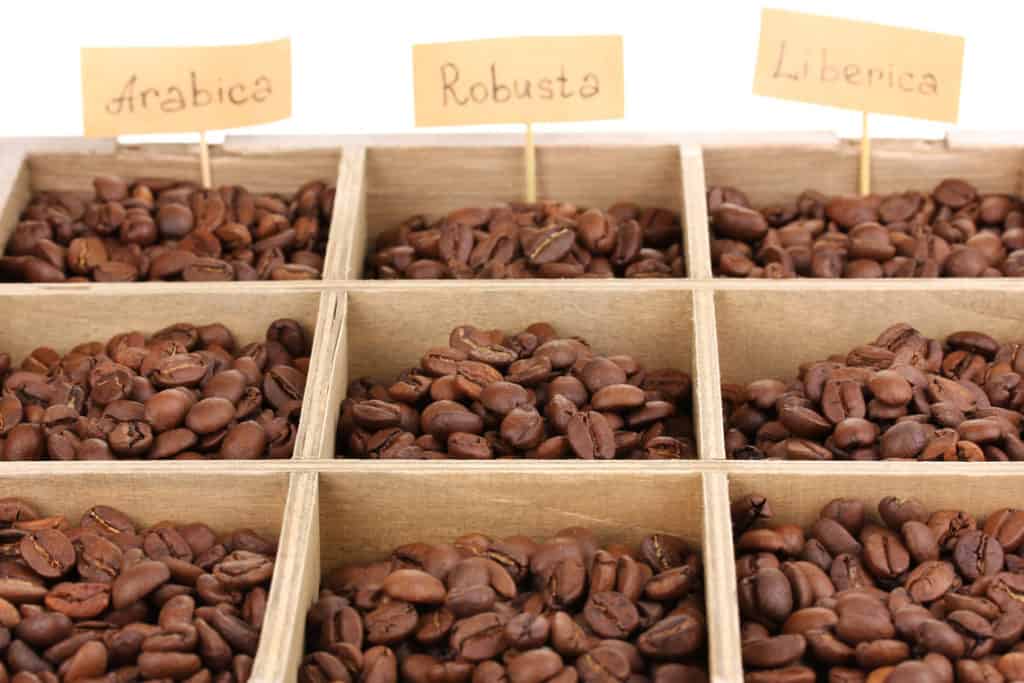Imagine this: You’re about to sip on a cup of coffee that costs more than your monthly Netflix subscription. Nuts, right? But believe it or not, that’s the price tag on some of the most expensive coffees in the world. What drives up their cost? Factors like rarity, quality, unique processing methods, and origins play a crucial role. In this blog post, we’ll delve into the glamorous (and sometimes controversial) world of pricey coffee, and determine if they’re worth that second mortgage.
Table of Contents
Black Ivory Coffee (Thailand)
The most expensive coffee in the world, costing up to $1,500 per pound. The coffee cherries are fed to elephants, where they are partially fermented during digestion, and later collected from their feces before being roasted and brewed.
Crafting the Black Ivory Coffee is no small feat, as it takes an astonishing 33 kilograms of coffee cherries to yield one kilogram of this remarkable brew.

The outcome is a cup with a harmonious blend of chocolate/cacao, subtle spice, and undertones of tobacco, leather, a touch of grass, and the essence of ripe red cherry. Notably, Black Ivory Coffee boasts a distinct absence of bitterness and instead embraces a delicate, almost tea-like complexity.
Hacienda La Esmeralda (Panama)
Direct from the volcanic soils of Panama, Hacienda La Esmeralda Coffee is a stunning example of ‘luxury in a cup’. This exceptional brew is well-known for fetching sky-high prices at auctions, commanding upwards of $350 per pound.
Hacienda La Esmeralda is particularly famous for its Geisha coffee beans—a variety initially found in Ethiopia but now flourishing in Panama’s unique microclimate. These beans are not easy to cultivate and require precise growing conditions. Additionally, Esmeralda is unique due to its ‘lot separation’ practice. Each lot, or section of the farm, is processed separately to bring out the best flavors of the beans.
The distinct taste of Geisha coffee beans encompasses a captivating flavor profile, characterized by delightful hints of floral essences, fruity undertones, and the subtle infusion of tea-like elements.
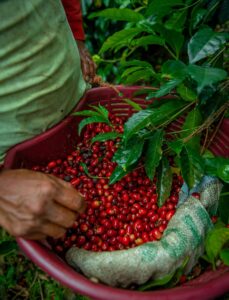
Esmeralda Geisha Canas Verdes (Panama)
A specific lot of Hacienda La Esmeralda that broke the record for the highest price paid for green coffee beans at $601 per pound in 2017. It has a complex and delicate profile with notes of jasmine, bergamot, and stone fruit.
El Injerto Peaberry (Guatemala)
A rare and exclusive coffee from Finca El Injerto, a renowned coffee farm in Huehuetenango, Guatemala. It costs around $500 per pound.
El Injerto Peaberry is unique due to its genetic mutation that causes a coffee cherry to produce a single, rounded seed instead of the usual two seeds. This “peaberry” tends to have a more concentrated flavor, making it highly sought after.
The expense comes from the rarity of these beans (only about 5% of total coffee yield) and the meticulous sorting process needed to separate them.
Kopi Luwak (Indonesia)
Hailing from the lush archipelago of Indonesia, Kopi Luwak, also known as Civet coffee, has garnered worldwide fame (and some infamy too). With a price tag up to a staggering $600 per pound, it’s considered one of the most expensive coffees in the world.
What sets Kopi Luwak apart, and justifies its hefty price tag, is its unique—and to some, off-putting—processing method. The secret ingredient? A small, cat-like mammal called the Asian Palm Civet. These creatures eat the ripe coffee cherries, and during digestion, the coffee beans undergo chemical transformations that enhance their flavor profile.
Despite its popularity, Kopi Luwak has brewed up quite a storm in terms of ethical controversies. Criticism has centered on the potential for animal abuse, as growing demand has led some producers to keep civets in confined and cruel conditions for mass production. As a result, many conscientious coffee lovers are hesitant to indulge in this exotic brew.
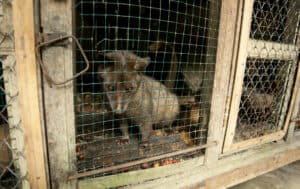
Saint Helena Coffee (Saint Helena)
From the volcanic soils of the remote island of Saint Helena in the South Atlantic, Saint Helena Coffee brews a history as rich as its flavor. It’s price is about $79 per pound
Saint Helena’s secluded location and the painstaking care taken in cultivating and harvesting the beans make this coffee incredibly unique—and expensive. Its distinct flavor is attributed to the island’s fertile volcanic soil and the unique Green Tipped Bourbon coffee variety grown there, which was imported from Yemen back in 1773 and continues to be cultivated.
Jamaican Blue Mountain Coffee (Jamaica)
Jamaican Blue Mountain Coffee gets its name from the lofty Blue Mountains of Jamaica, where it’s carefully cultivated. This coveted coffee often commands prices upwards of $50 per pound, sometimes soaring into triple-digit territory.

What makes Jamaican Blue Mountain Coffee special, apart from its melodious name? Firstly, it’s grown at altitudes between 3,000 and 5,500 feet, where cooler conditions slow the beans’ growth, allowing more time for the flavorful compounds to develop. Plus, the coffee is subject to rigorous quality control by the Coffee Industry Board of Jamaica, ensuring only the best beans make the cut. It has a sweet, rich flavor, with low bitterness.
Fazenda Santa Ines (Brazil)
Fazenda Santa Ines hails from Minas Gerais, a renowned coffee-growing region in Brazil. The cost of this premium bean may take you by surprise, typically fetching around $50 per pound.
Fazenda Santa Ines is grown on a family-owned farm that has been operational for over a century. The farm enjoys the perfect coffee-growing climate, and its approach to quality control is rigorous.
Los Planes Coffee (El Salvador)
Los Planes Coffee hails from the mountainous region of Chalatenango, El Salvador, and has won international recognition for its superior quality. One pound costs around $40.
Grown amidst a lush canopy of native trees, this exquisite coffee delights the palate with flavors of milk chocolate, caramel, and cherry. Cultivated by a dedicated cooperative in Los Planes, Guatemala, the coffee is nurtured by farmers who prioritize sustainability and hold steadfast commitments to Fair Trade and Organic Certifications.
Hawaiian Kona Coffee (Hawaii)
“Kona Coffee,” originates from a unique and enchanting location – the Kona district on the Big Island of Hawaii
The magic of Kona Coffee lies in its taste, aroma, and overall quality. With a light acidity, Kona Coffee delivers an exceptionally smooth brew. It typically has a medium body and a sweet, bright taste with hints of milk chocolate, nuts, and subtle fruitiness.

Are These Coffees Worth the Price?
So, should you sell your car for a sip of Black Ivory or Finca El Injerto? It’s subjective. Taste, social and environmental impacts, availability, and budget all come into play. There are people who’d pay a premium for the nuanced flavors of these expensive coffees, while others might argue against the ethical issues surrounding some of these beans.
In reality, there are ways to enjoy great coffee without spending a fortune. Purchasing direct trade coffee, attending cupping sessions at local roasters, or brewing your own gourmet coffee at home can deliver exceptional experiences without burning a hole in your wallet.
Where to Buy the World’s Costliest Coffees
If you want to try some of the coffees mentioned in this article, here are some possible ways to find them:
Online: One of the easiest and most convenient ways to find these coffees is to order them online. Some of the websites that offer these coffees are:
- Black Ivory Coffee – https://blackivorycoffee.com
- Hacienda La Esmeralda – https://haciendaesmeralda.com
- Esmeralda Geisha Canas Verdes – https://www.geishacoffee.com
- El Injerto Peaberry – https://fincaelinjerto.com
- Kopi Luwak – https://www.kopiluwakdirect.com
- Saint Helena Coffee – https://www.st-helena-coffee.com
- Jamaican Blue Mountain Coffee – https://www.jamaicacoffeetrading.co.uk
- Fazenda Santa Ines – https://www.fazendasantaines.com.br
- Los Planes Coffee – https://www.cafelosplanes.com
- Hawaiian Kona Coffee – https://www.konacoffee.com
Specialty coffee shops or roasters: Another way to find these coffees is to visit specialty coffee shops or roasters that offer them. This may be a more affordable and enjoyable option, as you can also experience the brewing and tasting of these coffees by professionals. However, this may also be a more limited option, as not all coffee shops or roasters may have these coffees available or in stock.
Travel: A third way to find these coffees is to travel to where they are grown and produced. This may be the most adventurous and authentic option, as you can also learn about the culture and history of these coffees and meet the people behind them. However, this may also be the most challenging and costly option, as you may need to arrange visas, flights, accommodation, transportation, etc. Some of the places where you can find these coffees are:
- Black Ivory Coffee – Golden Triangle Asian Elephant Foundation (Thailand)
- Hacienda La Esmeralda – Boquete District (Panama)
- Esmeralda Geisha Canas Verdes – Boquete District (Panama)
- El Injerto Peaberry – Huehuetenango Department (Guatemala)
- Kopi Luwak – Sumatra Island (Indonesia)
- Saint Helena Coffee – Saint Helena Island
- Jamaican Blue Mountain Coffee – Blue Mountains (Jamaica)
- Fazenda Santa Ines – Minas Gerais State (Brazil)
- Los Planes Coffee – Citala Municipality (El Salvador)
- Hawaiian Kona Coffee – Kona Districts (Hawaii)
Alternatives to These Expensive Coffees
Looking for fantastic coffee experiences without the fancy price tags? Here are some wallet-friendly alternatives:
- Ethiopian Yirgacheffe Coffee (Ethiopia): Known for its delicate, floral, and tea-like flavor with shimmery citrus notes and a clean, light body.
- Colombian Supremo Coffee (Colombia): Grown in the lofty Colombian Andes, Colombian Supremo Coffee is renowned for its smooth, pleasant acidity, velvety finish, nutty undertones, and rich medium to full body.
- Tanzanian Peaberry Coffee (Tanzania): cultivated in the Mbeya Region of Southwestern Tanzania. These beans, known for their smoothness and full-bodied nature, undergo a light roasting process that brings out their rich flavor, with delightful hints of lemon, peach, and black tea.
- Sumatra Mandheling Coffee (Indonesia): Known for its full body, rich flavor, and low acidity.
These alternatives offer a taste for every palate and occasion and are more sustainable and affordable. Brewing these at home or finding them at your local coffee shop can open up new coffee horizons without denting your savings.
In conclusion, while the world’s most expensive coffees offer a unique experience, their value is subjective and depends on personal preference, ethics, and budget. There’s a whole world of coffee to explore, each with its own story, flavor profile, and price point. So, go ahead and find your perfect brew. Who knows, you might find your favorite coffee doesn’t require trading in your car after all.
So, what would you do for the love of coffee? Let us know in the comments!
Last Updated on May 29, 2023 by Cristina Vélez

